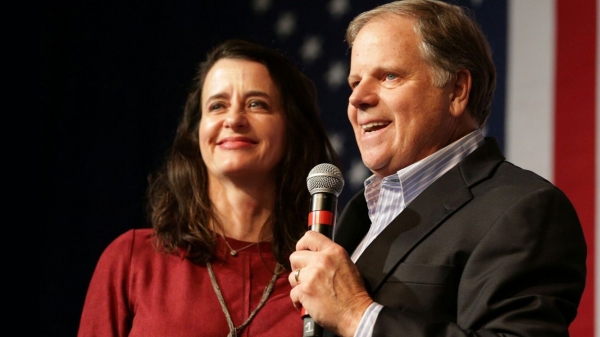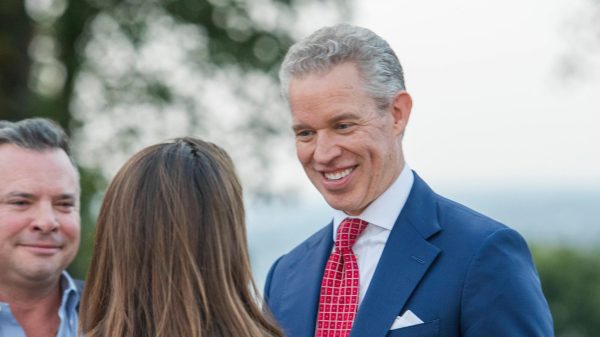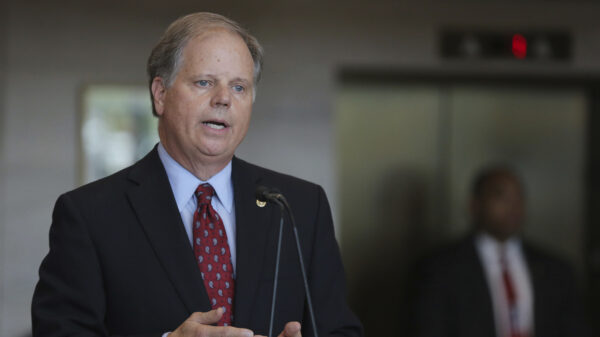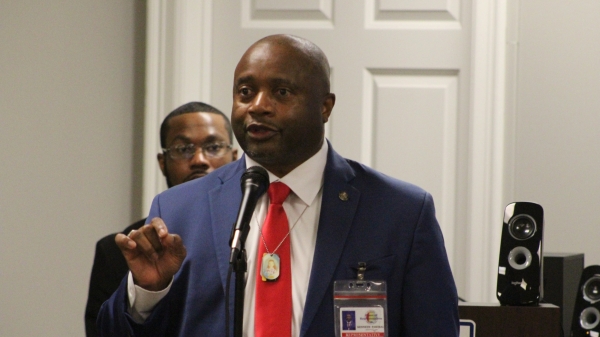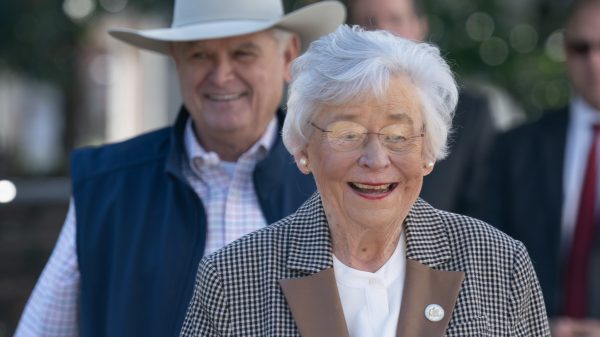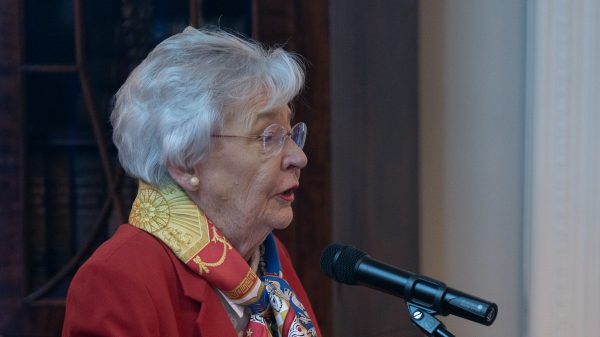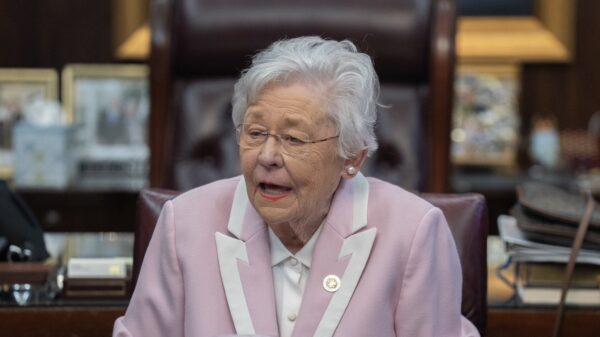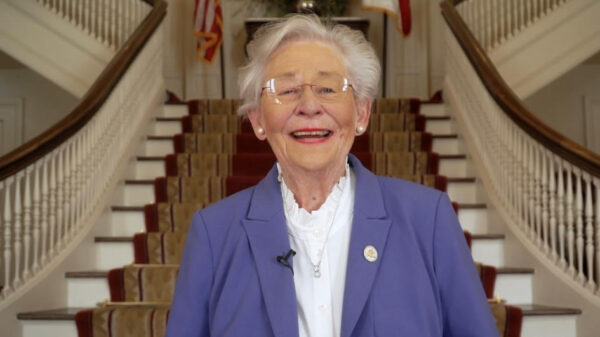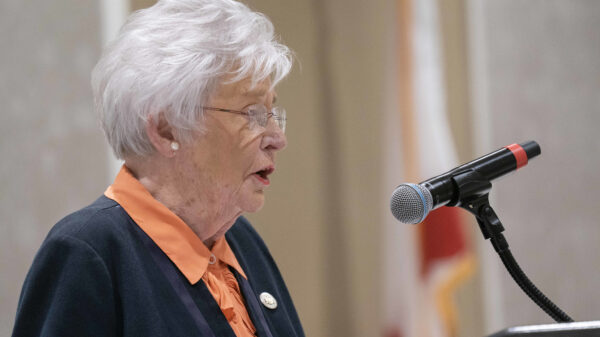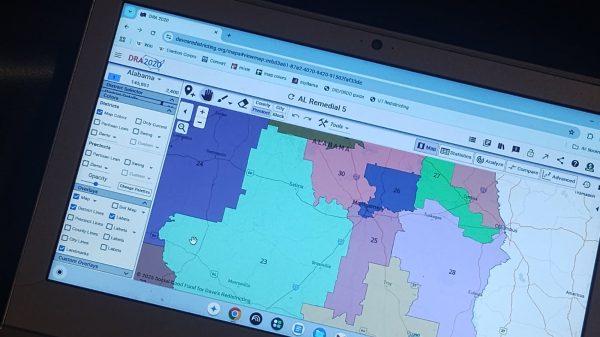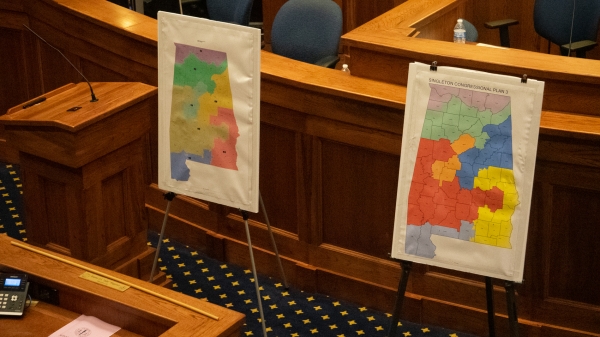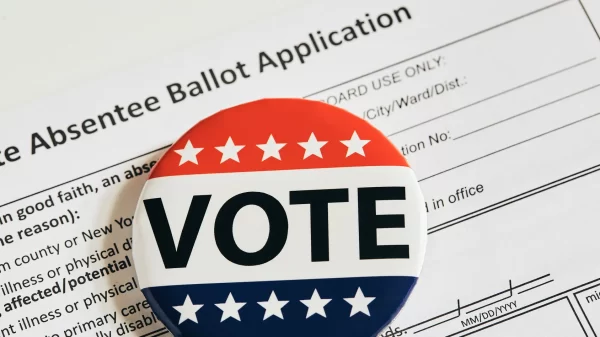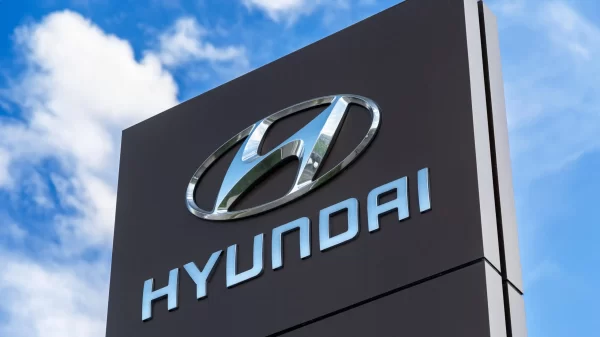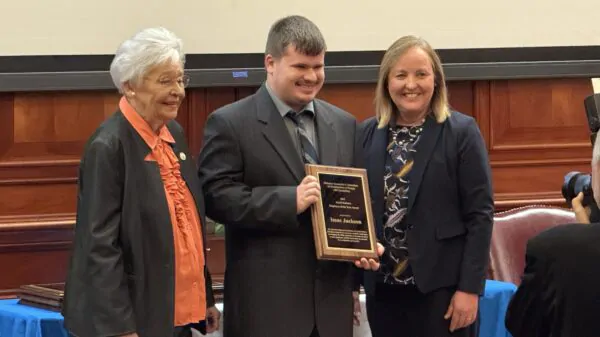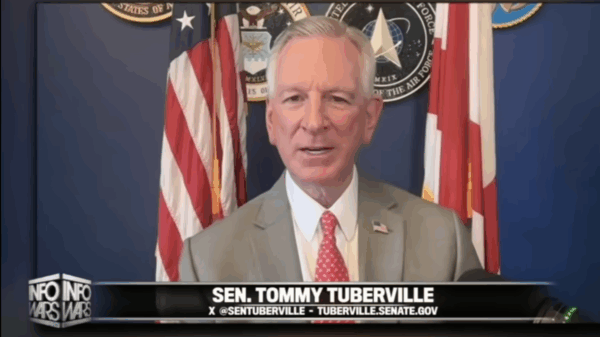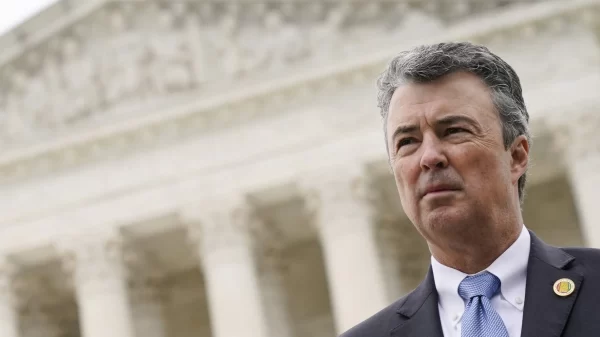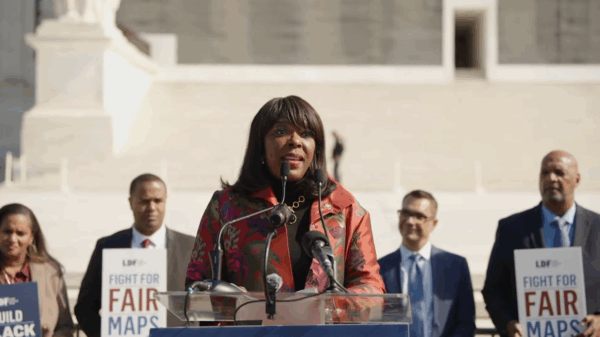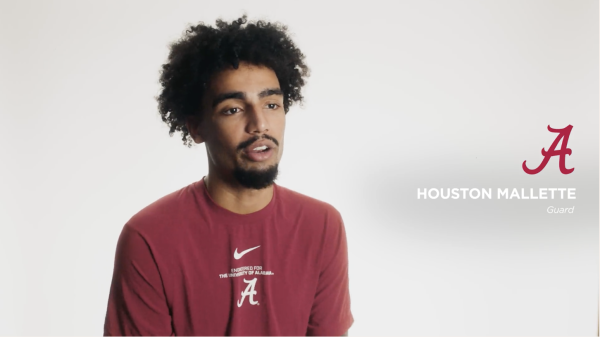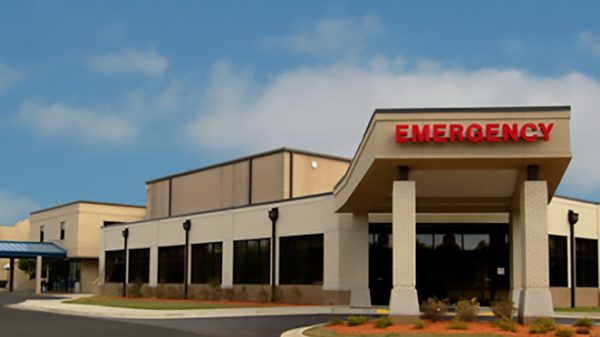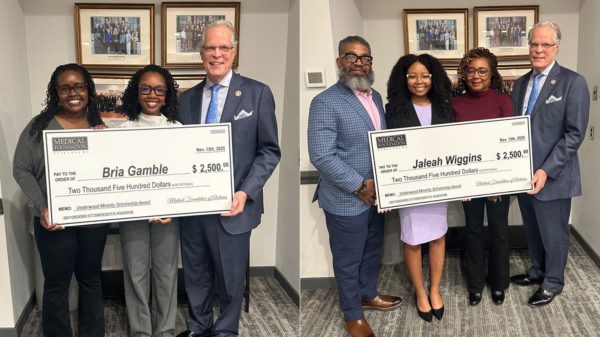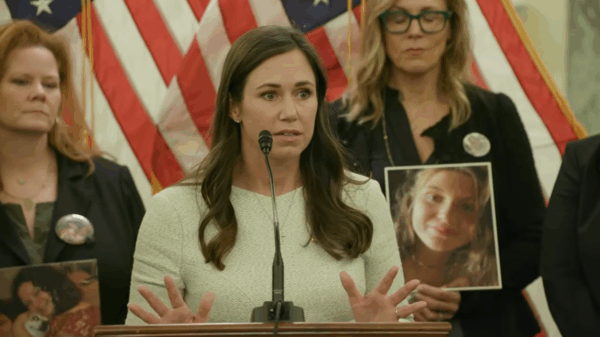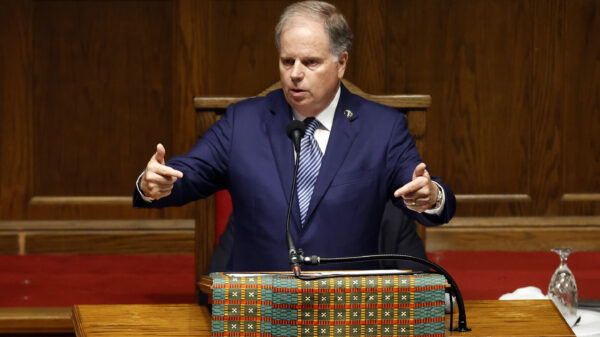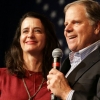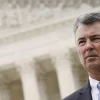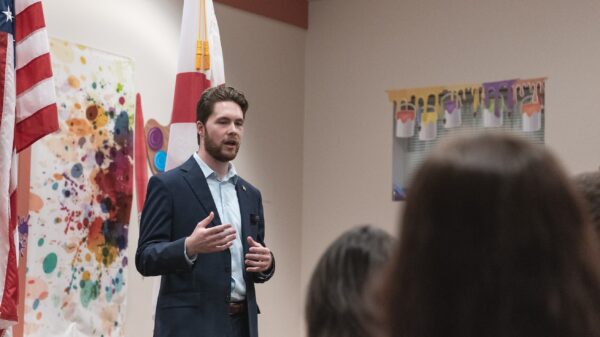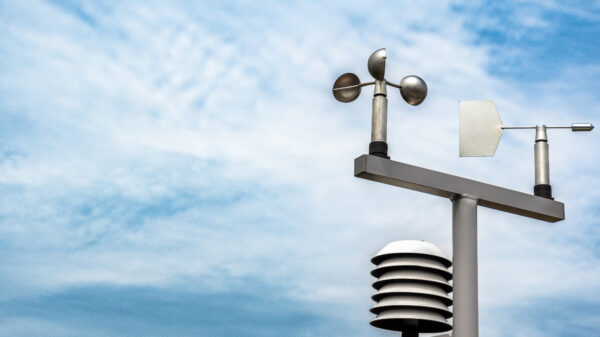The NFIB Small Business Optimism Index increased slightly in December to 98.9, up 0.5 points from November. Twenty-two percent of small business owners reported that inflation was their single most important problem encountered in operating their business. Price raising activities have reached levels not seen since the early 1980s when prices were rising at double-digit rates.
“Small businesses, unfortunately, saw a disappointing December jobs report, with staffing issues continuing to impact their ability to be fully productive,” said NFIB Chief Economist Bill Dunkelberg. “Inflation is at the highest level since the 1980s and is having an overwhelming impact on owners’ ability to manage their businesses.”
State-specific figures are unavailable, but NFIB State Director Rosemary Elebash said, “Our Alabama members continue to face a severe labor shortage. With unemployment at 3.1 percent, there are few people looking for a job. Business owners continue to adapt their business to accommodate the staff shortage. They are closing one or two days a week, shortening hours the business is open, and reminding customers to be patient because of the staffing shortage.”
Key findings include:
- Twenty-two percent report inflation as the single most important problem operating their business, a 20-point increase from the beginning of 2021 and the highest level since Q4 1981.
- Owners expecting better business conditions over the next six months increased three points to a net negative 35 percent. Owners remain pessimistic about future economic conditions as this indicator has declined 23 points over the past six months.
- Forty-nine percent of owners reported job openings that could not be filled, an increase of one point from November.
According to NFIB’s monthly jobs report, a net 48 percent (seasonally adjusted) of owners reported raising compensation, up four points from November and a 48-year record high reading. A net 32 percent plan to raise compensation in the next three months. Thirteen percent cited labor costs as their top business problem, up three points and a 48-year record high reading and 25 percent said that labor quality was their top business problem.
Fifty-seven percent of owners reported capital outlays in that last six months, up two points from November. Of those making expenditures, 41 percent reported spending on new equipment, 25 percent acquired new vehicles, and 19 percent improved or expanded facilities. Six percent of owners acquired new buildings or land for expansion and 13 percent spent money for new fixtures and furniture. Twenty-nine percent plan capital outlays in the next few months, up two points from November and two points higher than the 48-year average.
A net 1 percent of all owners (seasonally adjusted) reported higher nominal sales in the past three months. The net percent of owners expecting higher real sales volumes increased by one point to a net 3 percent.
The net percent of owners reporting inventory change increased four points to a net 7 percent. Thirty-six percent of owners report that supply chain disruptions have had a significant impact on their business. Another 30 percent report a moderate impact and 21 percent report a mild impact. Only 11 percent report no impact from recent supply chain disruptions.
A net 9 percent of owners viewed current inventory stocks as “too low” in December, down six points from November. A net 8 percent of owners plan inventory investment in the coming months, down two points from November but five points above the 48-year historical average.
The net percent of owners raising average selling prices decreased two points to a net 57 percent (seasonally adjusted). Unadjusted, 5 percent of owners reported lower average selling prices and 58 percent reported higher average prices. Price hikes were the most frequent in wholesale (85 percent higher, 0 percent lower), construction (74 percent higher, 5 percent lower), and retail (70 percent higher, 7 percent lower). Seasonally adjusted, a net 49 percent plan price hikes (down five points).
The frequency of reports of positive profit trends increased three points to a net negative 14 percent. Among the owners reporting lower profits, 29 percent blamed the rise in the cost of materials, 22 percent blamed weaker sales, 17 percent cited labor costs, 10 percent cited the usual seasonal change, 8 percent cited lower prices, and 4 percent cited higher taxes or regulatory costs. For owners reporting higher profits, 63 percent credited sales volumes, 11 percent cited usual seasonal change, and 15 percent cited higher prices.
Two percent of owners reported that all their borrowing needs were not satisfied. Twenty-six percent reported all credit needs met and 62 percent said they were not interested in a loan. A net 4 percent reported that their last loan was harder to get than in previous attempts. Zero percent reported that financing was their top business problem. A net 4 percent of owners reported paying a higher rate on their most recent loan.
The NFIB Research Center has collected Small Business Economic Trends data with quarterly surveys since the 4th quarter of 1973 and monthly surveys since 1986. Survey respondents are randomly drawn from NFIB’s membership. The report is released on the second Tuesday of each month. The survey was conducted in December 2021.

